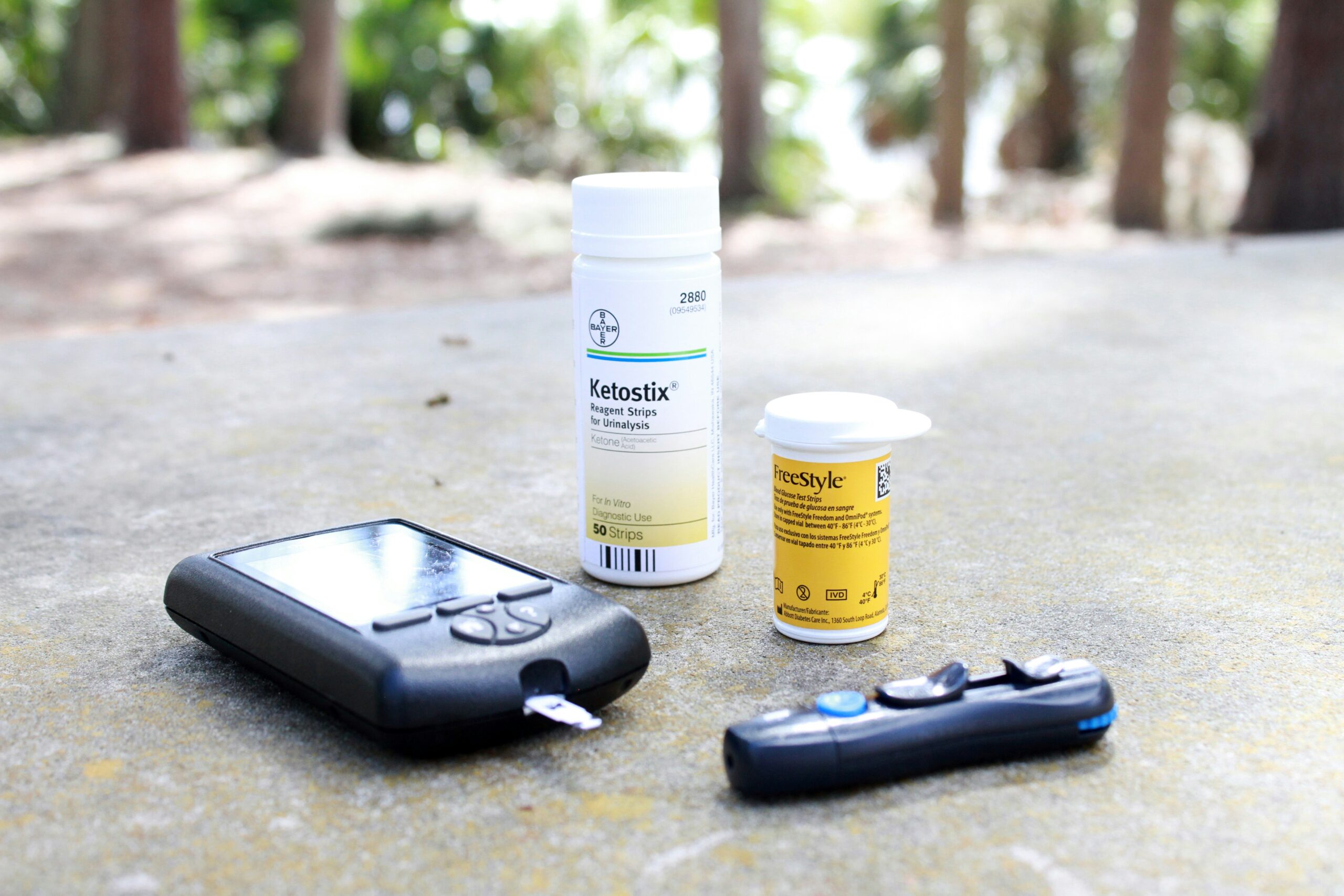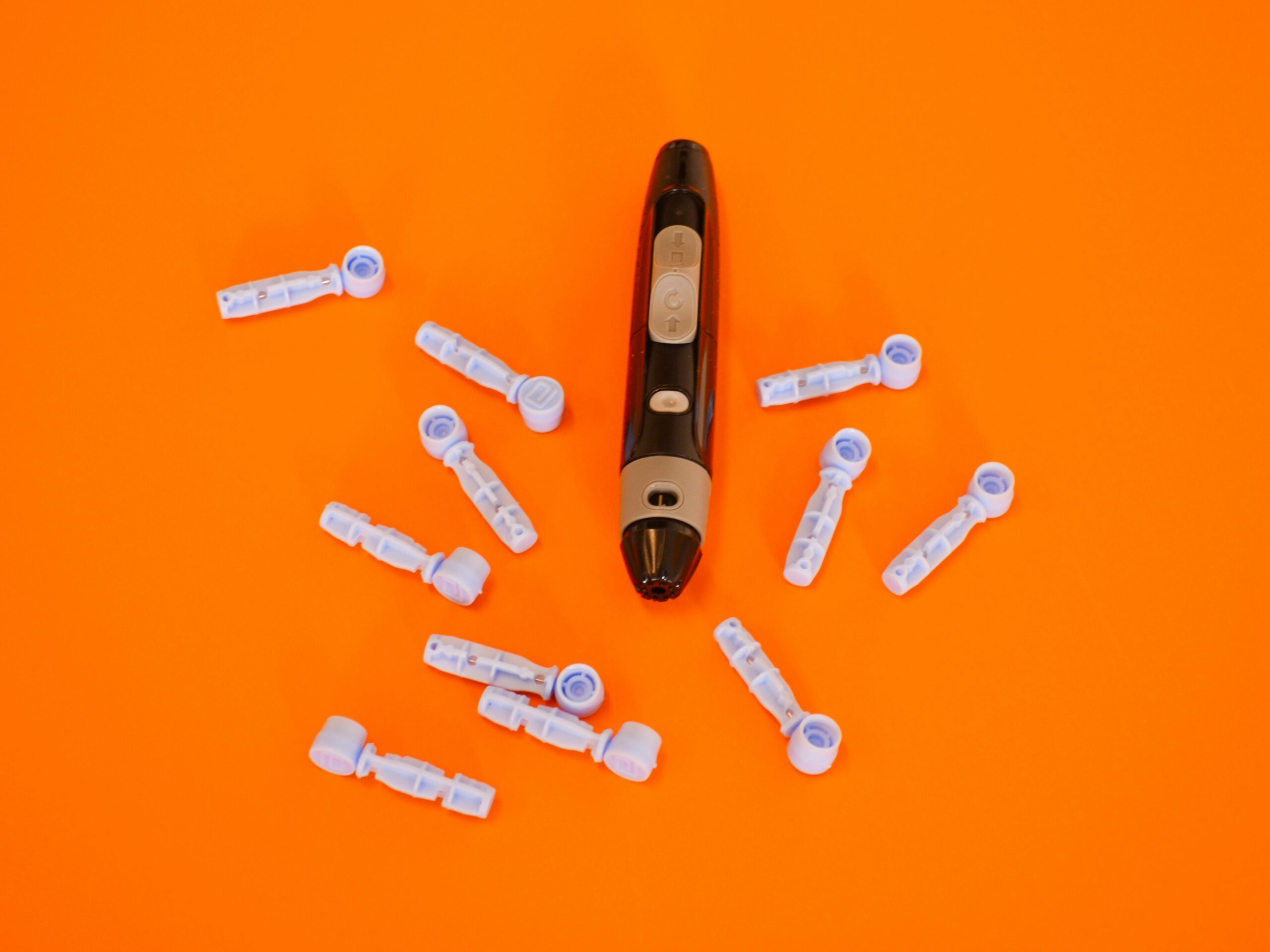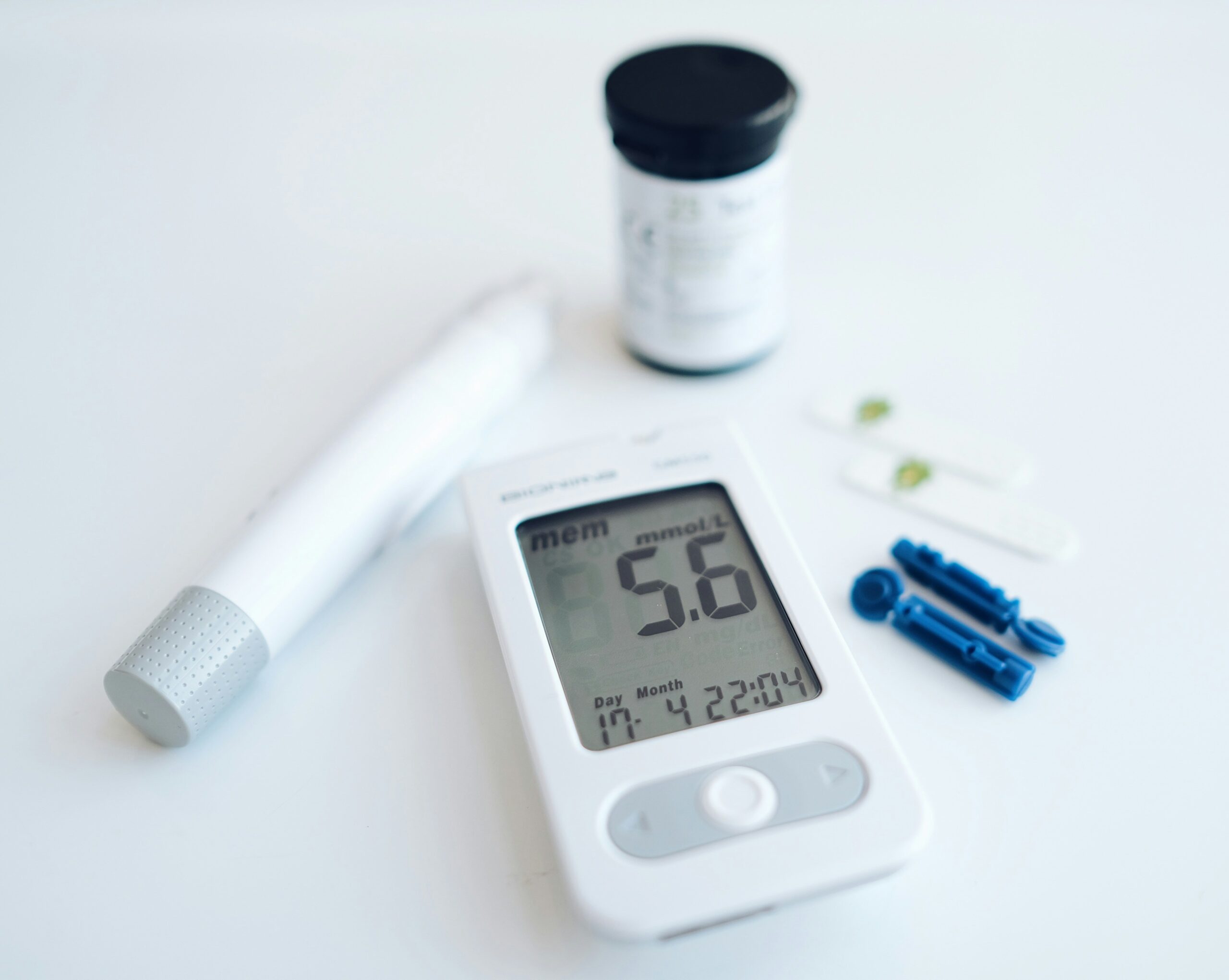Diabetes affects millions of people worldwide. But do you know the signs of diabetes? This condition can develop slowly with no obvious symptoms, making early detection crucial.
Regular testing is vital because diabetes symptoms may take time to appear or may be overlooked if you assume they’re not related to diabetes.
Key Symptoms of Diabetes:
- Frequent Urination (Polyuria): One of the first signs of diabetes is frequent urination as the body tries to get rid of excess sugar through urine.
- Excessive Thirst: Frequent urination can lead to dehydration, causing unusual thirst. If you find yourself drinking more water than usual, it could be a sign of diabetes.
- Intense Hunger: Despite having high blood sugar levels, the body can’t use sugar properly, leading to constant hunger and overeating.
- Extreme Fatigue: Diabetes can prevent the body from using sugar for energy, causing persistent tiredness even without heavy physical activity.
- Sudden Weight Loss: Despite eating more, people with diabetes often experience sudden weight loss as the body uses fat and muscle for energy instead of sugar.
- Poor Vision: High blood sugar can affect eyesight. If you experience blurry vision or frequent changes in your eyesight, it’s important to get checked.
- Slow-Healing Wounds: Excess sugar in the blood impairs the body’s ability to heal wounds. If wounds heal slowly or infections occur frequently, it might be a diabetes sign.
- Frequent Infections: People with diabetes are more prone to bacterial and fungal infections, which may appear on the skin, mouth, or genital areas.
Why Regular Testing is Important:
Diabetes symptoms can develop slowly, and people often don’t recognize them until the condition is advanced.
Regular testing is essential, especially if you have a family history of diabetes or experience symptoms like those mentioned above.
How to Test for Diabetes:
- Blood Sugar Testing with a Glucometer: A glucometer is a device used to quickly and easily measure blood sugar levels. It’s recommended to test your fasting blood sugar in the morning and your postprandial blood sugar after meals.
- Laboratory Tests: Tests like HbA1c provide a long-term view of your blood sugar levels over the past three months. This is an excellent test for diagnosis and monitoring of diabetes.
Join AFYAPlan Today for More Advice and Diabetes Management Plans! Visit our website for more details: AFYAPlan.
4 Steps to Take If You Notice Diabetes Symptoms:
- Consult a Healthcare Professional: Seek advice from a family doctor or a diabetes specialist to get professional guidance and start a treatment plan.
- Get Essential Tests Done: These tests will confirm the presence of diabetes and its level.
- Start Treatment Plans: Diabetes treatment often includes lifestyle changes and medication. A healthy diet and regular exercise can improve insulin efficiency and lower blood sugar levels.
- Monitor Blood Sugar Levels Closely: Regular monitoring can be done at home with a glucometer or by visiting a healthcare facility regularly.
Conclusion:
Understanding diabetes symptoms and getting tested regularly are crucial steps in managing the disease. Early detection can prevent severe complications and ensure effective management.
Take Action Now: Monitor your health and get tested regularly to manage your diabetes effectively.


